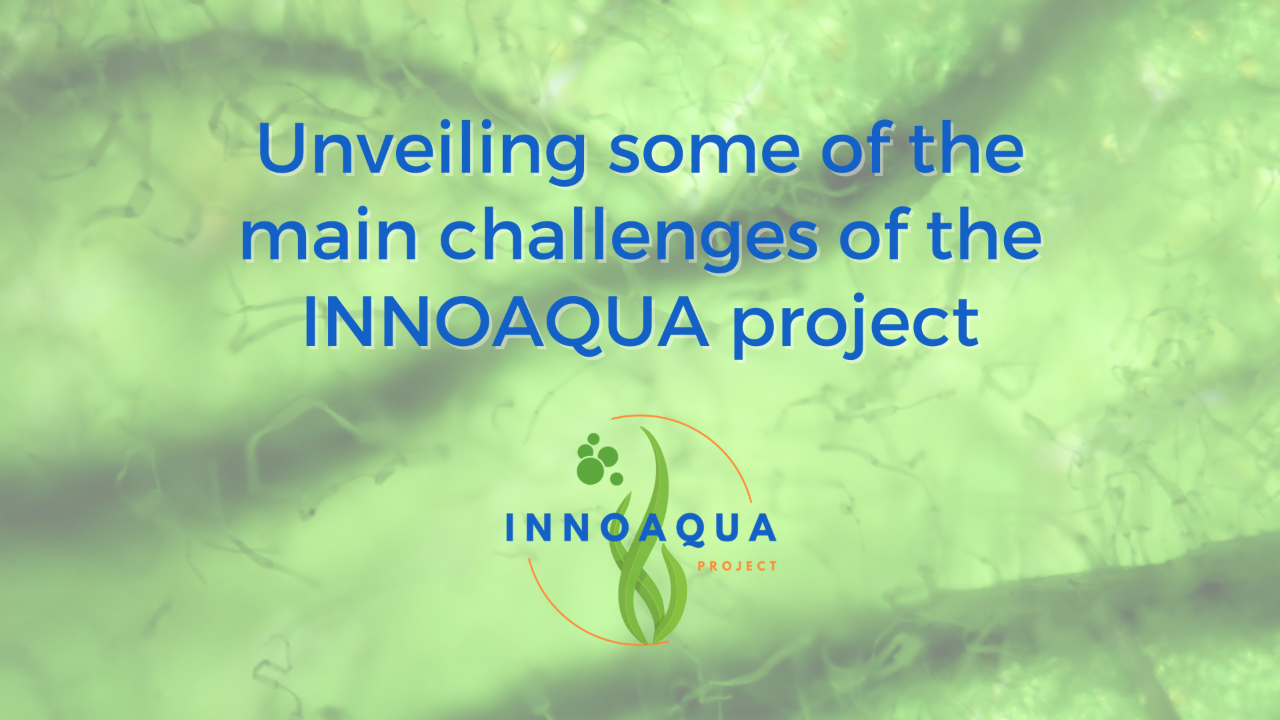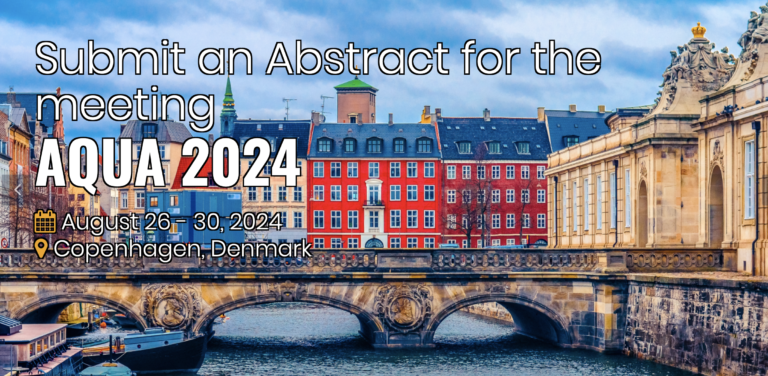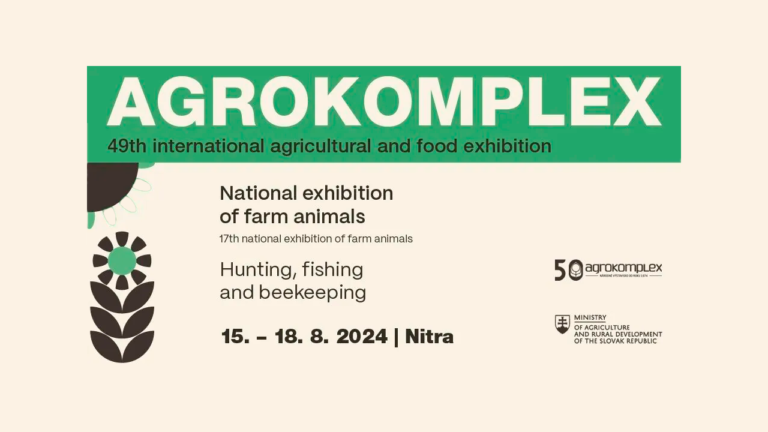In INNOAQUA we work together on sustainable aquaculture practices for innovative seafood products. The project starts with integration of the production of algae and fish inland-based RAS-IMTA systems (Recirculating Aquaculture Systems – Integrated MultiTrophic Aquaculture). The main idea behind this approach is that the algae can use the nutrients coming from the effluent water of the fish production as fertilizer. This way we can produce much more valuable biomass (fish and algae) from the same amount of feed inputs and generate less waste simultaneously.
How much nutrients are available for the algae is dependent on many factors, such as the type and size of the fish, how many fish are being produced in a tank or pond, the amount and type of feed that they get, how often the fish get fed, and aspects like the water temperature. Effective management of these factors can help minimize the nitrogen and phosphorous discharge in the effluent water from land-based aquaculture operations and will be the first aim of each producer. But this discharge will never be zero, thus other processes that can use these nutrients are very attractive, instead of just discharging them as waste. Such processes could be for example aquaponics, where the water is used to fertilize vegetables, herbs, or other plants.
However, generally these do not perform well with high salt content, and thus water from marine fish species is not suitable for aquaponics. Algae can grow in seawater, and are a valuable source of protein, lipids (especially omega-3 fatty acids), vitamins, pigments, and other health-beneficial components. In INNOAQUA we have two demonstration sites, one in Norway where we will integrate microalgae (such as Chlorella, Phaeodactylum and Nannochloropsis) with the production of salmon, and one in Portugal where we will integrate macroalgae (such as Gracilaria and Ulva) with the production of sole.
Challenges that we will address include understanding of variability and flexibility of both processes, and how we can use smart and automated process control to ensure that both fish and algae get the best conditions. As mentioned before, the amount of nutrients can vary, and we need to get a better idea on how much and often they vary. Is that within hours, days, weeks, or months? Which nutrients are available exactly, also micronutrients? We know that in many fishfeeds there are significant amounts of copper, zinc, and cadmium, needed by the fish. But some of this is excreted again by the fish, mostly in the sludge. This causes the fish sludge cannot always be used as fertilizer for agriculture as the levels might be too high. How does this work within IMTA? Will these elements reach the algae, will they accumulate possibly too much? Are there any other contaminants in the water and what treatment would be needed to guarantee safe use, both for the algae as well as for the fish that possibly could use again the water coming from the algae production?
First, we will look at all the technical aspects and see what is happening and how the process needs to be designed to circumvent these challenges. With this, we will also generate the needed information towards safety and regulations. And of course, we will use all the data for sustainability assessments to ensure the designed process is economically, environmentally, and socially sustainable.



